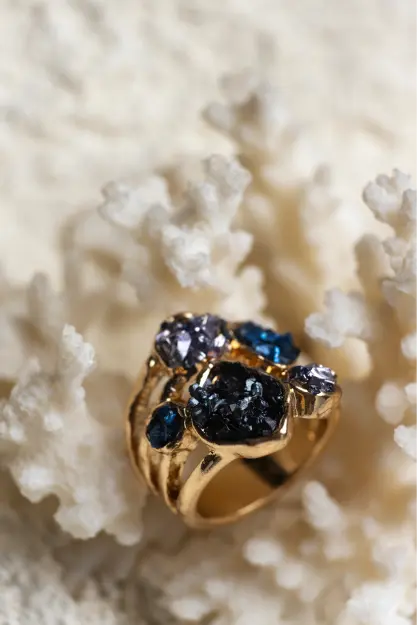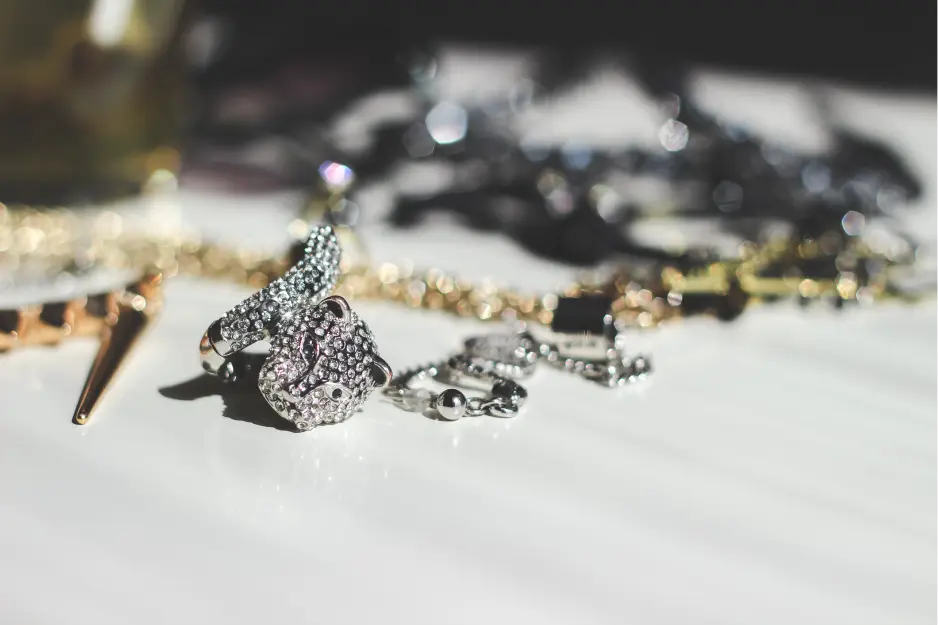The lasting allure of gold jewelry

The lasting allure of gold jewelry: From ancient treasures to modern marvels
Gold has fascinated humanity for a long time. Its radiant shine, rarity, and cultural significance have positioned it as a highly coveted metal. From ancient civilizations to modern times, gold jewelry has adorned individuals as a symbol of wealth, social status, and beauty. This article delves into the lasting allure of gold jewelry, exploring its historical significance, cultural relevance, and continued popularity in contemporary times.
Ancient treasures
The allure of gold jewelry can be traced back to the ancient civilizations of Egypt, Mesopotamia, and the Indus Valley, where it was prized for its rarity and beauty. Gold artifacts found in tombs and archaeological sites reveal the importance of jewelry in the lives of ancient people. These exquisite pieces were often reserved for royalty, nobility, and religious leaders, symbolizing power and divinity. Skillfully crafted gold jewelry showcased the talents of the artisans of that era, leaving a legacy that continues to fascinate us today.

A symbol of wealth and social status
Throughout history, gold jewelry has been a symbol of wealth and prosperity. In many cultures, owning and wearing gold signified wealth and social status. Kings, queens, and rulers adorned themselves with elaborate gold jewelry to display their power and authority. In societies around the world, gold jewelry was passed down as heirlooms, solidifying family legacies and reinforcing the significance of wealth across generations.
Cultural significance
The allure of gold jewelry is deeply rooted in cultural traditions and rituals. Weddings, religious ceremonies, festivals, and significant life events often involve the exchange or wearing of gold jewelry. In many cultures, gold is considered auspicious and is believed to bring good fortune and protection. The emotional and symbolic value associated with gold jewelry surpasses its financial worth, making it an integral part of cultural heritage.
Design evolution
Over time, the design of gold jewelry has evolved to reflect changing tastes and fashion trends. From intricate and elaborate patterns of ancient civilizations to the simple and minimalist style of modern times, gold jewelry has adapted to various preferences. The craftsmanship and creativity involved in designing gold jewelry continue to impress, incorporating gemstones, engravings, and other adornments to add depth and uniqueness to each piece.
Investments and financial security
In addition to their aesthetic appeal and cultural significance, gold jewelry has also served as a form of investment and financial security. During times of economic uncertainty, gold has been perceived as a safe haven asset, maintaining its value and providing a sense of stability. Many individuals purchase gold jewelry as a means to diversify their investment portfolios, aware that it has intrinsic value and can be easily liquidated when needed.
Modern marvels
In today's world, gold jewelry remains a popular choice for various occasions, from weddings and anniversaries to everyday wear. Jewelry designers are experimenting with innovative techniques and materials, blending traditional craftsmanship with modern technology. As a result, gold jewelry has experienced a seamless fusion of classic and contemporary styles, appealing to a wide spectrum of consumers.

The magnetic allure of gold jewelry has transcended time, preserving its charm from ancient civilizations to the modern era. As symbols of wealth, social status, and cultural significance, gold jewelry holds a special place in the hearts of people worldwide. Their enduring appeal lies not only in their radiant beauty but also in the emotional and historical connections they carry. In a world that is constantly evolving, gold jewelry remains an immortal testament to human creativity, craftsmanship, and appreciation for all things beautiful and valuable.

